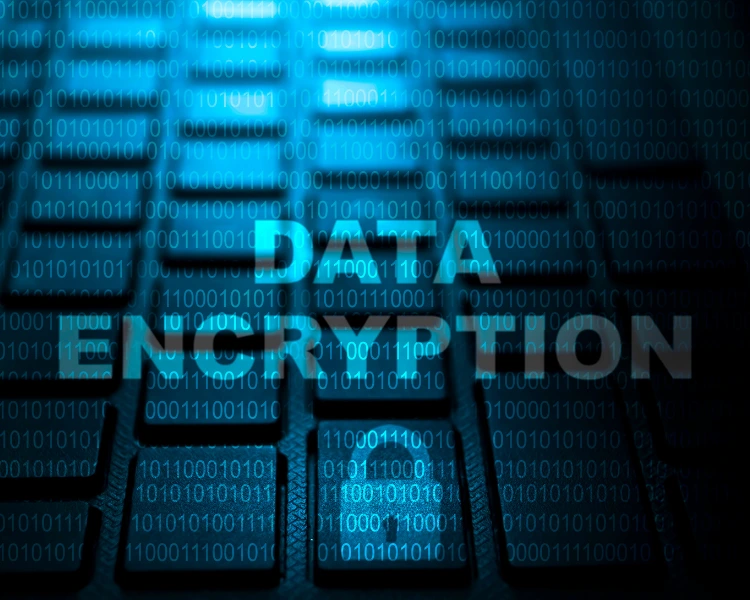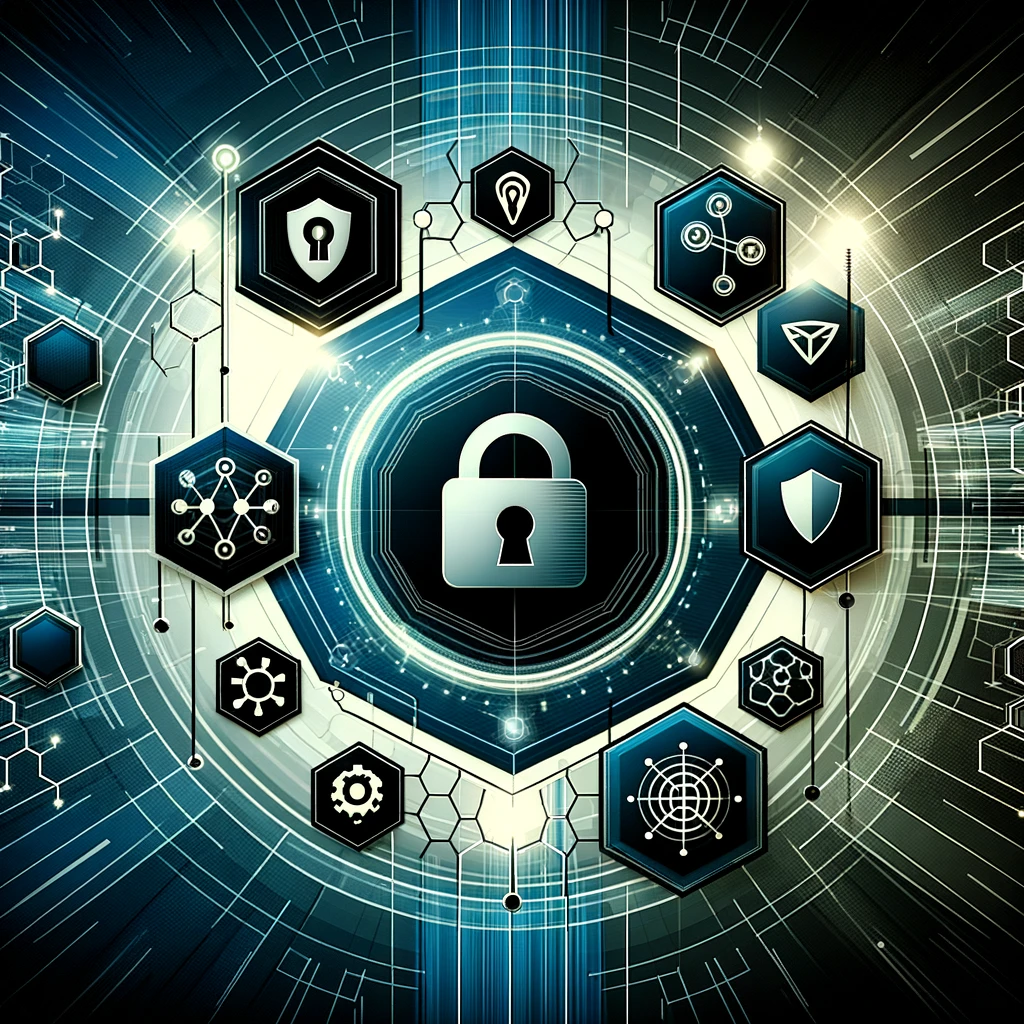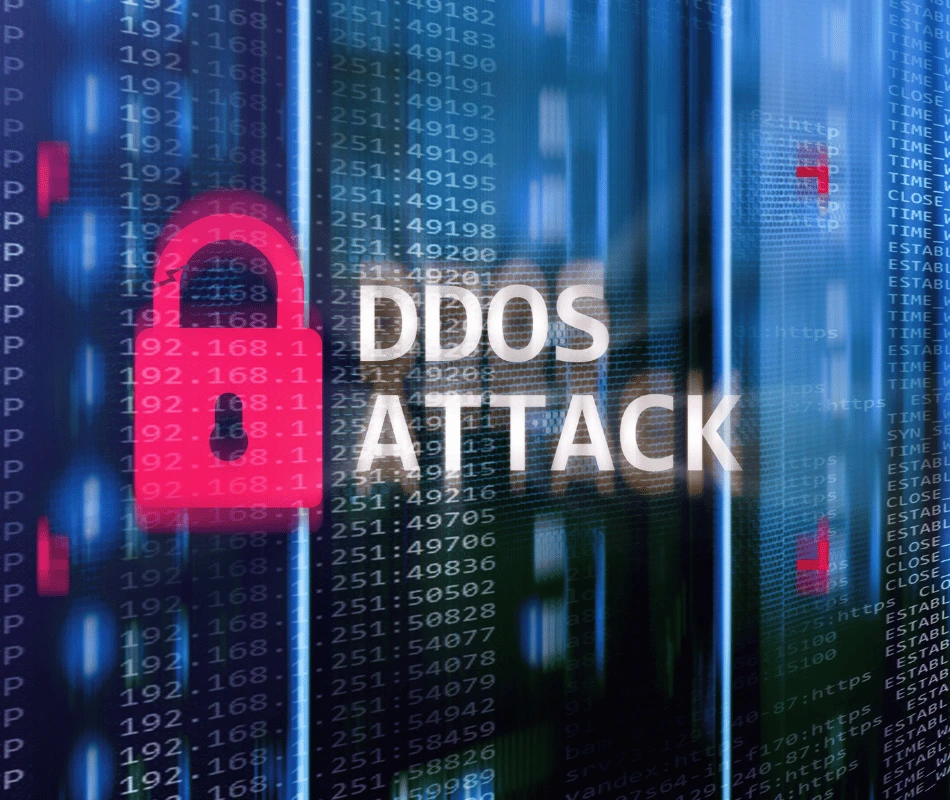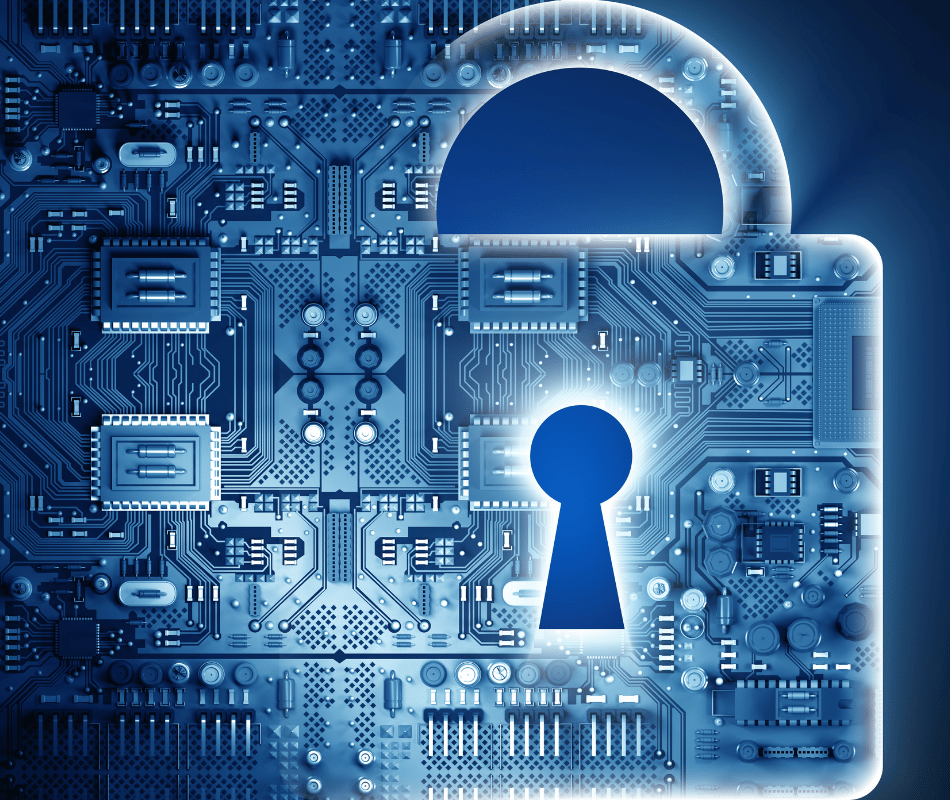With the expansion of the digital world and the evolution of cybersecurity, authentication plays an essential role in protecting digital identities and securing sensitive information on the web. As cyber threats increase, reliable authentication mechanisms are necessary to verify users’ identities and devices using digital systems, as authorized access and not a fake identity or illegal destination.

How does authentication work?
The process is as follows: Firstly, the system compares user credentials with the data in the user’s file, in the approved user information database. So if the credentials entered are identical to those in the file, the validated entity was authorized to use the supplier, so, the user would be granted access. Each user also has limits on the resources access called permissions. Authorizations are also responsible for All user-related access rights, such as supplier access hours. Also, the user’s supplier amount that he is allowed to consume, for example.
Benefits of authenticate
The main importance of this process is ensuring that only persons or devices trying to access the system are authorized. In addition, there are many basic benefits associated with this process:
Data protection and privacy
This process ensures that the data remains secure, and when passing it successfully, the data access permit is granted.
Digital Property Protection
This process is also essential to protect personal accounts and digital identities.
Denial of unauthorized access
People who have not passed the authentication will not be allowed into the system, which would reduce hacks.
Access Control
This allows supervisors to determine who has access to certain areas of the system. So we can set different access possibilities depending on responsibilities.
Directing attacks
authentication Enables organizations to identify weaknesses and penetration positions more clearly (applying better protection methods).
In short, authentication offers many benefits to individuals and institutions alike.
Common methods
Two-factor authentication (2FA)
In the authentication process, users are typically identified by a username. This occurs when the user provides specific credentials, such as the password associated with their username. We call practice of requesting a username and password “single-factor authentication (SFA”). In recent years, however, companies have enhanced this process by adding additional factors. For example, a unique code may be provided to the user via a mobile device when attempting to log in, or through biometric signatures such as facial scans or fingerprints. This two-factor authentication process is the “2FA”.
Passwords
We use asswords widely as a basic authentication method, as you must enter a set of correct numbers, letters, and codes to access the system.
Biometrics
known as “biometric authentication”. biometrics encompass unique physical characteristics of an individual. These characteristics vary from person to person and include fingerprints, facial scans, or iris scans, and we use them to verify the identity of the individual. Biometric authentication offers a high level of security as it relies on the unique characteristics of the authorized person, making it significantly more challenging for unauthorized individuals to breach.
known as “biometric authentication”. biometrics include unique physical characteristics of an individual. These characteristics vary from person to person including fingerprints, facial scans, or iris scans. we use biometrics to verify the individual identity. Biometric authentication offers a high level of security as it relies on the unique characteristics of the authorized person, making the breach significantly more challenging for cyber threats.
Digital Certificates
We use digital certificates to verify users’ identity and devices. Certificates are a digital signature confirming identity.
Public Key Infrastructure (PKI)
This method uses digital certificates with encryption keys to verify users’ identity. Certificates link digital identity to a public key, which protects electronic communications and digital transactions.
Authentication is a fundamental pillar of cybersecurity that aims to control the system’s access process, thereby enhancing defenses against potential threats. Institutions must implement strong validation mechanisms taking into account the sensitivity of their data and the nature of the potential threats. When choosing appropriate authentication methods, whether by individuals or organizations, this will enhance the safety and confidentiality of digital assets.


